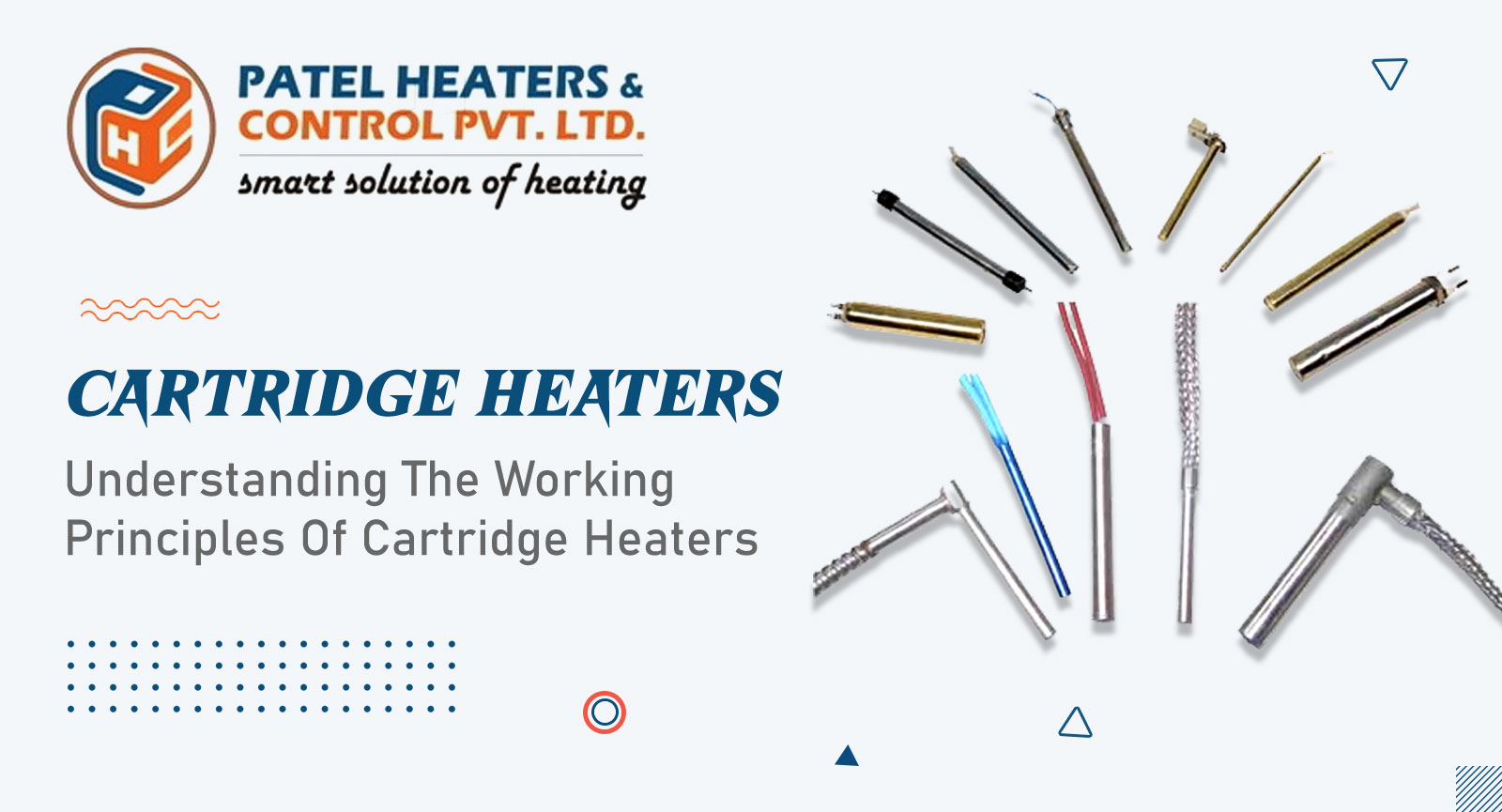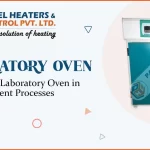Understanding The Working Principles Of Cartridge Heaters
Cartridge Heater are commonly used heating components due to their efficiency and adaptability across a broad range of industrial settings. A heated coil is contained inside a metal sheath, usually stainless steel, to create these cylindrical heating devices.
By investigating the underlying mechanisms, we may learn how these heating components produce and transfer heat, which will help engineers and technicians make better use of them.
- Cartridge Heater Assembly
The heating coil, insulation, and outer sheath are the three main parts of a cartridge heater. The helical form of the heating coil, often a nickel-chromium alloy like Nichrome, increases its efficiency in producing heat. Insulation, usually magnesium oxide (MgO) or ceramic materials, separates the core from the protective coating electrically.
The insulation prevents electrical currents from leaking through and improves heat conduction. A metal sheath, often stainless steel, protects the whole unit from mechanical damage and allows for even heat distribution.
- Qualities of the Electric Field
Electrical resistance is the basis for the heating mechanism of heaters. Heat is produced when an electric current travels through the heating coil and meets resistance. Length, cross-sectional area, and the resistivity of the material all have a role in the electrical resistance of the heating coil.
The connection between voltage, current, and resistance is governed by Ohm’s Law. Ohm’s Law (V = I R) states that the quantity of heat produced is proportional to the amount of current flowing through the heating coil.
They have recommended operating voltage and power levels for optimum performance and safety. Selecting the right heater for a specific application requires knowledge of these electrical properties.
- Modifying the Temperature
In many of the contexts where heaters are used, precise regulation of temperature is essential. Mechanisms for regulating temperature are used to keep things from being too hot or too cold. Thermostats are temperature-monitoring devices that control the heat output of the heater. When the internal temperature reaches the set point, the thermostat by Cartridge Heater manufacturers in India turns on a switch that cuts power to the heating element. When the temperature dips below the thermostat’s threshold, the heating operation is restarted.
- Using PID Controllers
Accurate temperature regulation is often achieved via the use of Proportional-Integral-Derivative (PID) controllers. They keep a close eye on things and make modifications whenever there is a discrepancy between the set and real temperatures. The PID controller adjusts the power sent to the heating element based on three factors: the rate of temperature change, the magnitude of departure from the set point, and the accumulation of error over time.
- Detectors of Temperature
Resistance temperature detectors (RTDs) and thermocouples measure temperatures in real time. These sensors talk to the thermostat so that it may make fine-tuned changes to keep the room at precisely the right temperature.
- Inputs and Outputs
Temperature stability is often achieved via the use of feedback mechanisms. The system can maintain consistent and accurate temperature management by constantly monitoring the temperature and changing the power input to the heater to account for any variances.
Cartridge Heaters and Their Uses
Numerous fields and operations make use of heaters. The following are examples of frequent uses:
- Injection moulding machines, extruders, and hot runner systems all employ heaters to generate and retain heat throughout the plastics processing phase.
- Sealing machines use Immersion Heater to precisely heat packing materials like plastic films and bags prior to being sealed.
- Heaters are often used in kitchen and restaurant appliances to do anything from preheat oil for frying to keep food at a consistent temperature in the oven or grill.
- Incubators, sterilisers, and analytical instruments are just a few examples of the types of medical and laboratory equipment that benefit from heaters’ exact temperature regulation.
- Heaters are used for curing, annealing, and drying operations in industrial ovens, heat treatment equipment, and drying systems.
Conclusion
Cartridge heaters are adaptable heating components that are vital to many manufacturing procedures. To get the most out of them and run them safely and efficiently, you need to have a firm grasp of how they function.
Engineers and technicians may make better judgements about the selection, installation, and maintenance of heaters if they have a firm grasp of the devices’ physical design, electrical properties, heat production and transmission, temperature control mechanisms, and applications. They continue to play an important role in a wide range of sectors thanks to their ability to offer targeted heating that improves performance across the board.
Patel Heaters & Control Pvt Ltd is Cartridge Heater supplier in India that have a special feature to deliver superior heat transfer at a very standard and uniform temperature.
Patel Heaters
Patel Heaters and Control has immense expertise in the manufacturing of Industrial heaters and heating elements. We have been providing heating solutions to our clients since 1982.







